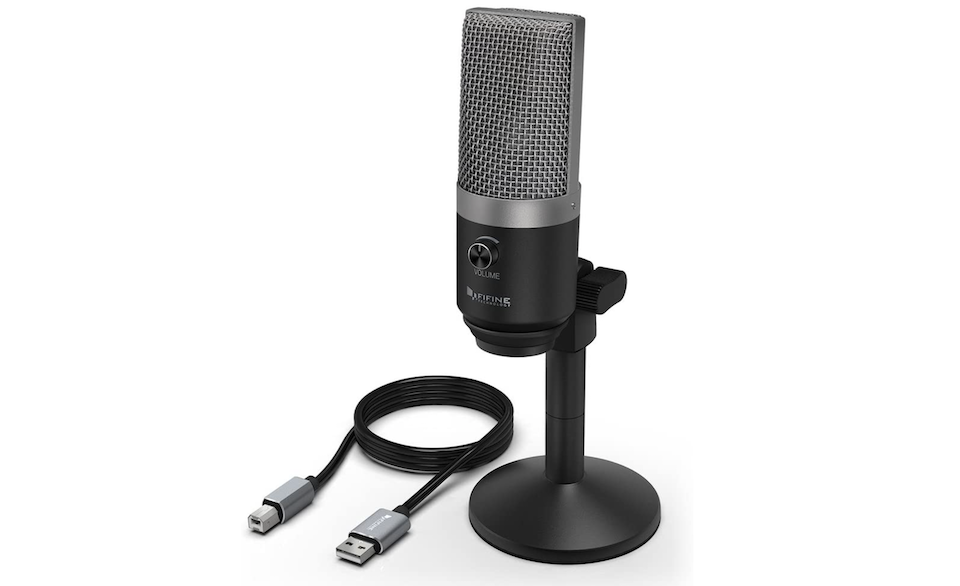In the era of digital communication, podcasts, and home recording studios, selecting the best USB microphone is crucial for achieving clear and professional-grade audio. USB microphones have become the go-to choice for many due to their ease of use, affordability, and compatibility with various devices. However, the vast array of options available can overwhelm potential buyers. In this guide, we will simplify the process, focusing on key features to consider, and highlight top picks to help you make an informed decision.
Understanding USB Microphone Technology
Key Features to Look For
When shopping for a USB microphone, prioritize sound quality, pickup patterns, and ease of use. Sound quality is influenced by the mic’s frequency response and bit depth, which determine how accurately it can capture and reproduce sound. Pickup pattern, whether cardioid, bidirectional, or omnidirectional, affects how the mic captures sound from different directions, making some better suited for solo recordings and others for group sessions. Lastly, a user-friendly microphone with plug-and-play functionality and minimal setup requirements is ideal for most users.
Compatibility and Versatility
Ensure the USB microphone is compatible with your operating system, whether you’re using Windows, Mac, or even a mobile platform. Moreover, consider mics that come with adjustable stands, shock mounts, and pop filters for additional flexibility and improved audio quality. These accessories can significantly enhance your recording experience by reducing unwanted noise and providing more positioning options.
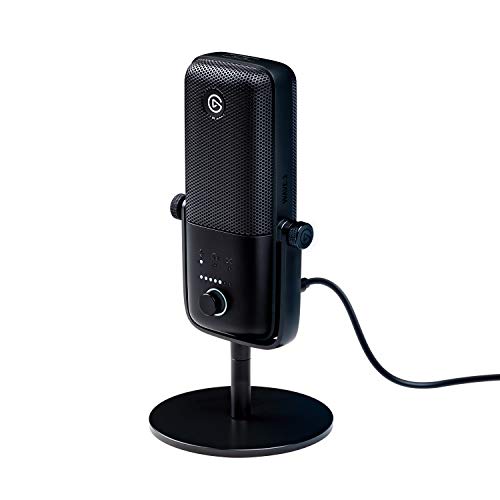
Top Picks for Crystal-Clear Audio
Best Overall: Audio-Technica AT2020USB+
The Audio-Technica AT2020USB+ stands out for its exceptional sound quality, making it a favorite among podcasters and vocalists. It offers a cardioid pickup pattern, ideal for single-person use, and captures sound with clarity and depth. Its plug-and-play operation and compatibility with both Windows and Mac ensure a hassle-free setup. Additionally, the inclusion of a built-in headphone jack with volume control allows real-time monitoring, a feature that audio enthusiasts will appreciate.
Best for Beginners: Blue Snowball Ice
For those new to audio recording, the Blue Snowball Ice provides an excellent starting point. It strikes a balance between quality and affordability, offering clear audio with a cardioid pickup pattern. Its distinctive spherical design is not only eye-catching but also functional, with the capability to pick up sound evenly from all directions when needed. The simplicity of use, with no need for additional drivers or software, makes it an accessible option for beginners.
Best for Portability: Samson Go Mic
The Samson Go Mic is designed for users on the go, with its compact size and foldable design that fits in any laptop bag. Despite its small footprint, it delivers clear sound quality and versatility with switchable cardioid and omnidirectional pickup patterns. This feature makes it suitable for everything from field recordings to conference calls. Its plug-and-play compatibility across various devices adds to its appeal as a portable and versatile microphone.
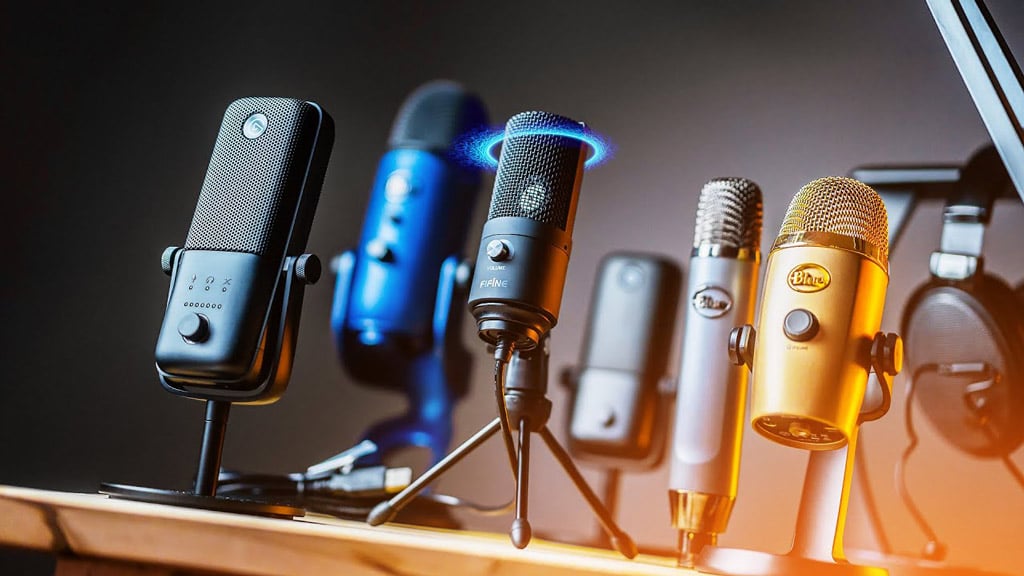
Enhancing Your Recording Setup
The Role of Accessories
Even the best USB microphone can benefit from the right accessories. Consider investing in a pop filter to minimize plosives (hard ‘p’ and ‘b’ sounds) and a shock mount to absorb unwanted vibrations. An adjustable microphone stand or boom arm also offers greater flexibility in positioning the microphone for the optimal sound capture, potentially elevating your audio quality to professional standards.
Software for Sound Optimization
Beyond hardware, software plays a critical role in achieving clear audio. Many USB microphones are compatible with a range of digital audio workstation (DAW) software, allowing for further editing and enhancement of your recordings. Look for mics that come with or recommend software that suits your recording needs, whether for music, podcasting, or voiceovers. This combination of hardware and software will enable you to achieve the best possible sound quality.
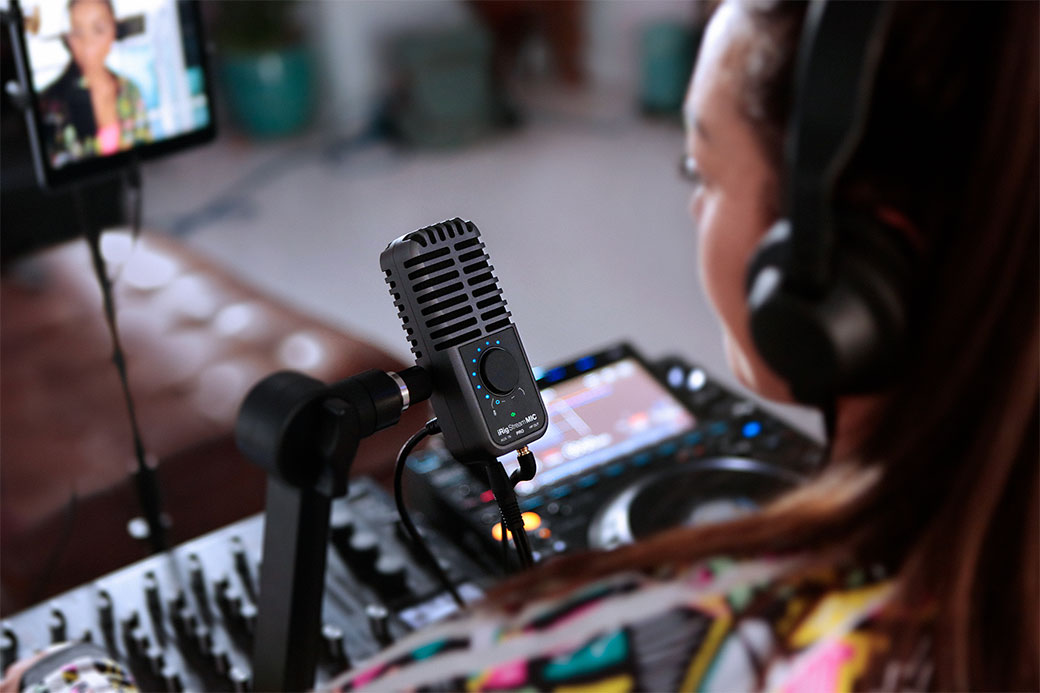
Room Acoustics and Microphone Placement
Tailoring Your Environment for Pristine Sound
The clarity of audio recordings isn’t solely reliant on the microphone; room acoustics play a fundamental role. A room with hard surfaces can produce reverb and echo that may cause audio distortion. Solution lies in using acoustic panels or diffusers to improve sound quality. Curtains, carpets, and furniture can also minimize reflections and create a more controlled recording environment.
Perfecting Microphone Position
The position of a USB microphone significantly affects the sound capture quality. The angle and distance from the sound source can either highlight the desired audio or capture unwanted noise. Experiment with different placements to find the sweet spot that emphasizes your voice or instrument. Generally, placing the microphone a few inches away from the source with a pop filter in between reduces harshness and sibilance.
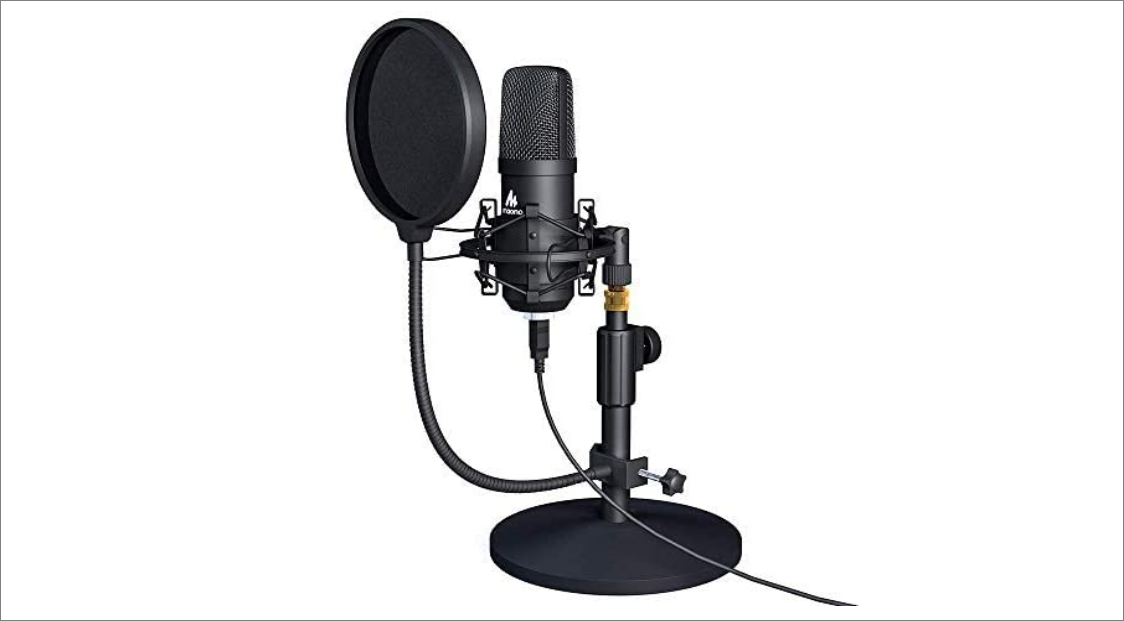
Advanced Features for Enhanced Audio
Understanding Advanced Microphone Specifications
Some USB microphones offer advanced features that appeal to users with specific requirements. Features like gain control, mute buttons, and multi-pattern selection offer greater control over the sound capture process, allowing for adjustment on the fly. Gain control is particularly useful for managing input levels to prevent peaking, while a dedicated mute button is convenient for live streaming or conferencing.
Exploring Multi-Pattern Functionality
A microphone with multi-pattern capability can adapt to various recording scenarios, making it a versatile investment. From interviews to musical performances, changing the pickup pattern can accommodate single or multiple sound sources efficiently. Microphones with this feature, like the Blue Yeti, provide multiple modes such as cardioid, bidirectional, omnidirectional, and stereo, offering flexibility for individual creators or groups.
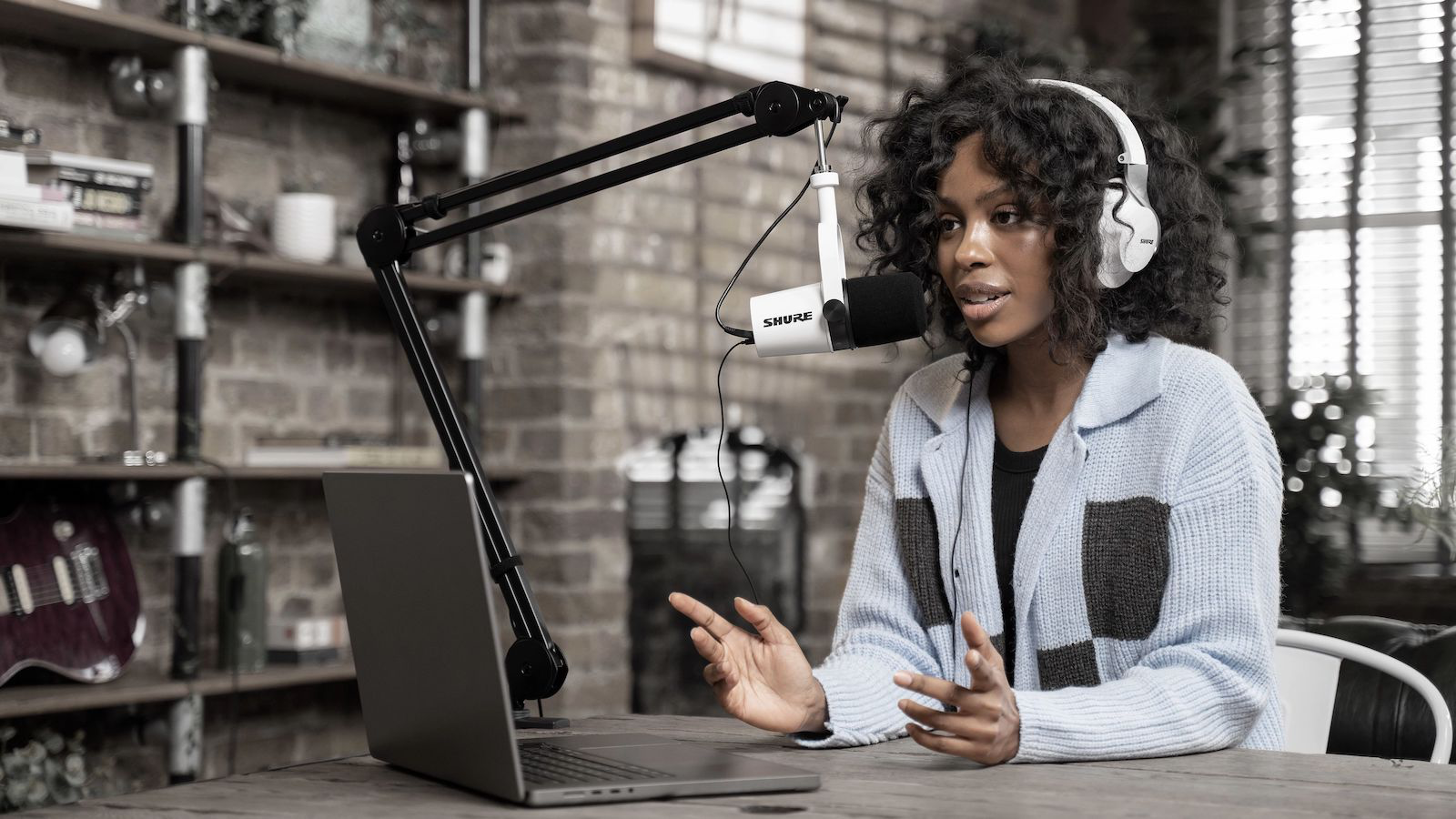
Final Thoughts: Investing Wisely
Assessing Needs Against Features
Selecting the best USB microphone involves balancing desired features with actual needs. It’s important to assess the primary use case—whether it’s streaming, podcasting, singing, or instrument recording—and determine what features are non-negotiable. Investing in a high-quality microphone with unnecessary features for your use case may not enhance your experience.
Future-Proofing Your Audio Setup
Looking ahead, consider how your needs might evolve and whether a particular microphone can grow with you. Does it have the functionality to support more advanced recording techniques you might adopt in the future? Will it interface well with potential upgrades in your setup? A mic that answers ‘yes’ to these questions is likely a wise long-term investment.
Making the Right Choice
Selecting the best USB microphone for clear audio requires a careful consideration of your specific needs, from the type of recordings you intend to make to the environment you’ll be recording in. By focusing on sound quality, pickup patterns, compatibility, and ease of use, you can narrow down your choices and find a microphone that best fits your requirements. Whether you’re a seasoned professional or a beginner, the right USB microphone can significantly enhance your digital audio projects, ensuring your voice or music is heard in the clearest and most professional manner possible. Remember, the best microphone is the one that fits your specific situation and helps you achieve your audio goals.
